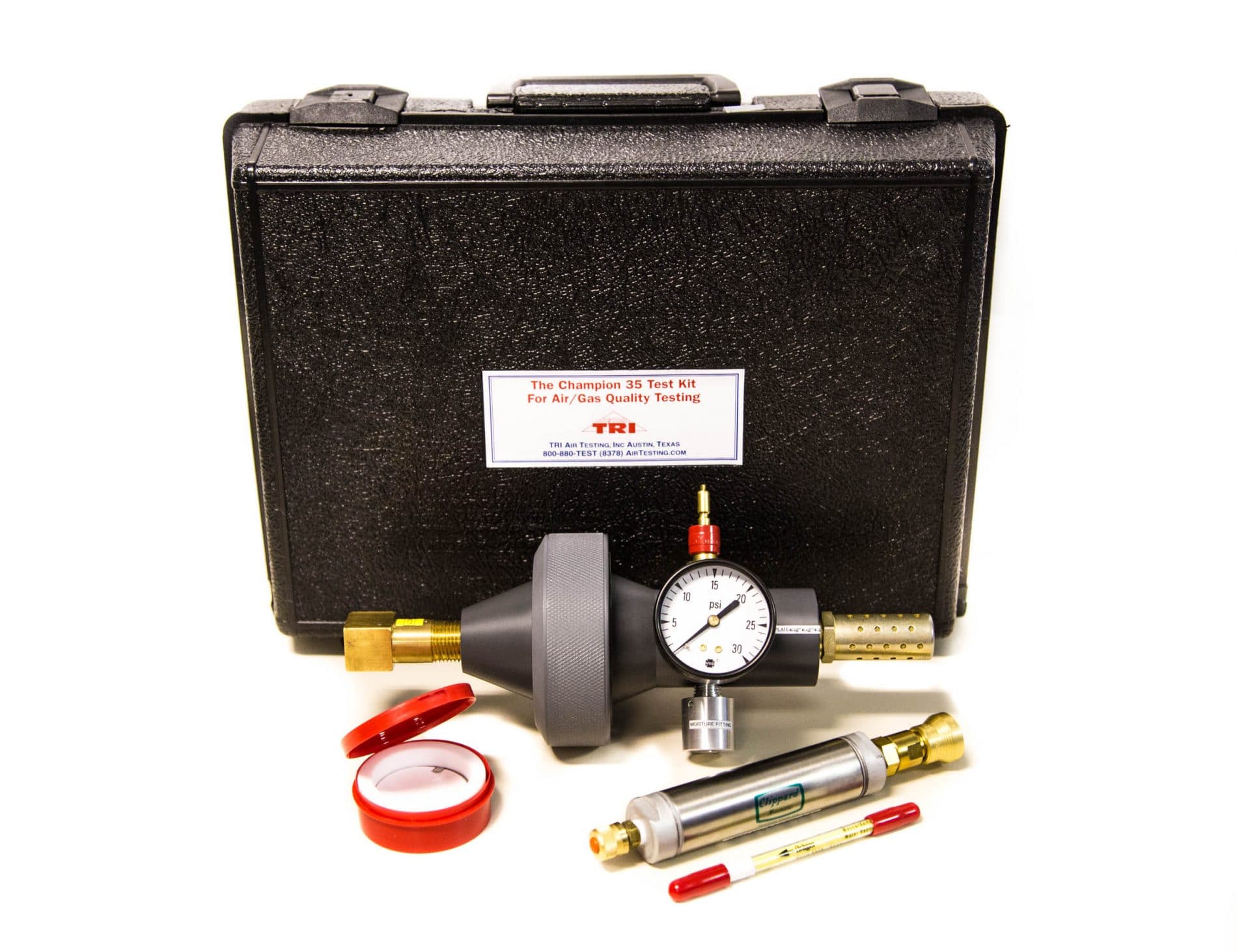Can you use a brown paper towel method to test for water and oil in the compressed air system? For instance, at finished goods packaging, compressed air comes into contact with my RTE products. For this test, I would aim compressed air at the paper towel. If the paper towel shows no moisture or signs of 'wet', the system is considered dry....
I ask because I would like to avoid the extremely high prices for these lab tests. These GFSI schemes don't really account for the little guy trying to survive in an extremely concentrated retail sector. They seem a bit overkill for something that could be so simple...
Do we need to use a lab? This is a low risk environment, bread.















